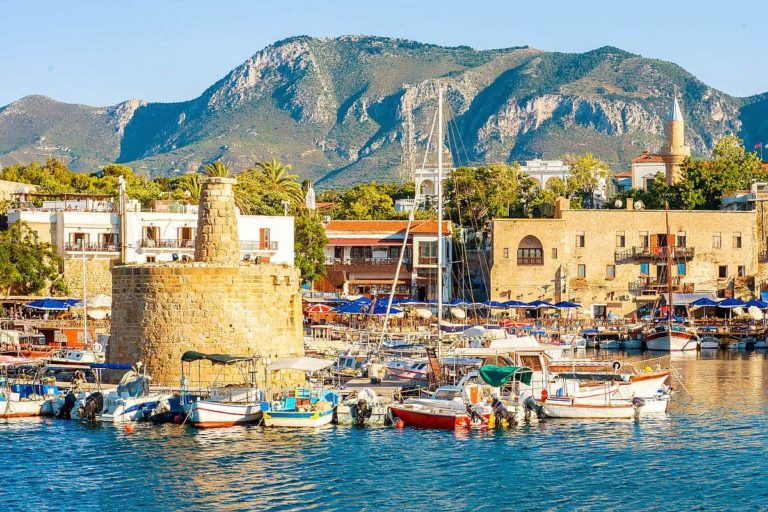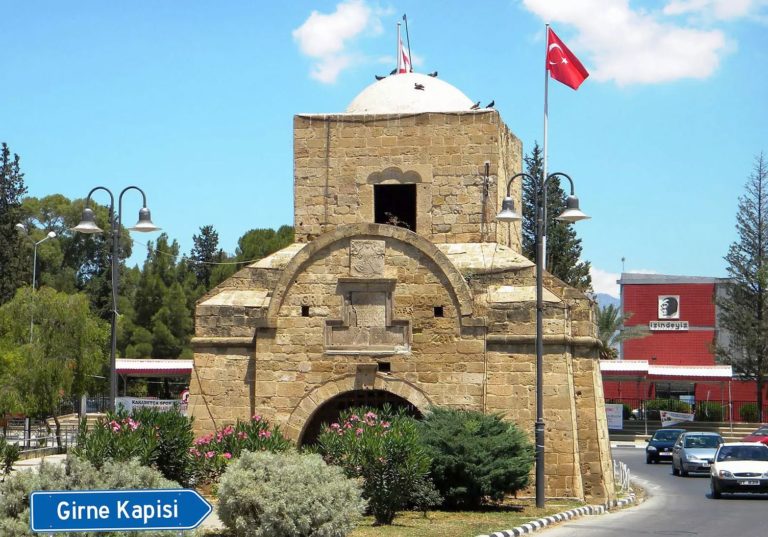Maraş/Marash or Varosha, is a well-known area to all who live in Northern and Southern Cyprus, and one which is used often as an example of what still remains a huge bone of contention for the divided island.
If you are visiting North Cyprus, or indeed even living here, then another of the wonders to be seen is most definitely İncirli Cave, meaning Fig Cave, due to the fig tree hiding it’s rather small entrance! With its own mythic tale to tell about its discovery, there is plenty of factual data on the formation of the caves as well, fascinating stuff!
There is no one who enjoys a good ruin more than Essential Cyprus, although this one won’t be a ruin in the near future, as it is undergoing a hopefully wonderful, authentic, restoration after being gifted some EU funding. We shall report back on that once it is finished!
Visitors to Northern Cyprus are spoilt for choice when it comes to ‘places to see,’ and whilst you might feel that there is not enough in one place you can always take a day to explore places, fit in some shopping, have some lunch at one of the many restaurants around, and take in the sights in one area.
Perhaps you might like to see some of the history of a town or city such as Lefkoşa or Kyrenia, and there are several museums that can occupy you for hours on end and all within walking distance of each other in either location for example. The area of Famagusta is a real treat for those who love a day out spent exploring ancient ruins too, you must visit the mystical Othello’s Tower.
 In central Kyrenia there are many ways in which to spend a day, and you would be surprised how quickly the time goes! It’s a great place to even just spend time sitting in the harbour, people watching, having a drink and some lunch in one of the many restaurants, taking in some of the sights and sounds, and perhaps popping into the odd shop along the way!
In central Kyrenia there are many ways in which to spend a day, and you would be surprised how quickly the time goes! It’s a great place to even just spend time sitting in the harbour, people watching, having a drink and some lunch in one of the many restaurants, taking in some of the sights and sounds, and perhaps popping into the odd shop along the way!
Obviously there are the glaringly obvious places of interest to absorb you, such as the magnificent Kyrenia Castle and the Shipwreck Museum housed within it, the stunning St. Hilarion castle as well as other exhibits housed in centuries old buildings, and you can find out more about these in our articles on museums and castles. Also, just taking a walk behind the harbour will introduce you to some interesting and restored houses, as well as the Paşah mosque, all set in a myriad of cobbled and narrow streets which you can get quite lost in!

Going east from Kyrenia, there are many places to stop off and explore, some easy to find whilst some others not so easy! The further east you travel from Kyrenia you come across many ancient and historically fascinating places that remain in good condition and make North Cyprus a beautiful place for all things ancient and historic!
Starting in Ozanköy you can see the 17th century Kazaphana Mosque, a well kept example of Ottoman architecture, with the two graves of the architect and donator to the mosque. There is also the Panayia Tou Potmau church built around the 15th century, although sadly many of the frescoes inside have now deteriorated.

Going west from Kyrenia, there are many places to stop off and explore – and you may be surprised to learn that there are many more than you will usually find in most guidebooks. The further west you travel from Kyrenia you come across many fascinating and historical places that remain a proud testament to an island rich in history.
Starting in Karaoğlanoğlu (pronounced Kara-o-lan-o-loo) is the ‘Şehitleği’ (martyrs’ monument) in a well-kept garden on the coastal side of the main road. This is the resting place of 71 men who died during the intervention of 1974. The Peace and Freedom museum is also located here, featuring tanks and other military vehicles and an indoor exhibit reporting on the intervention of the Turkish military. Further along the main road is the Peace and Freedom monument, a plain concrete structure rising into the air which marks the 1974 landing place.
 If you are visiting the city of Lefkoşa whilst on your travels in North Cyprus, or just fancy spending some time looking around whilst you may have business to attend to, it’s well worth taking time to explore the sights, of which there are plenty.
If you are visiting the city of Lefkoşa whilst on your travels in North Cyprus, or just fancy spending some time looking around whilst you may have business to attend to, it’s well worth taking time to explore the sights, of which there are plenty.
Beside the abundance of museums covered in our separate article, there are some great examples of period architecture, some of which have been restored in recent years and some which are still partially intact, enabling you to at least get a feel for the history of this ancient city. Lefkoşa is believed to have begun as Ledroi in around 280 BC, and was further developed during the Byzantine era and further still by the various occupiers of the subsequent centuries, and has always been a place of importance.








